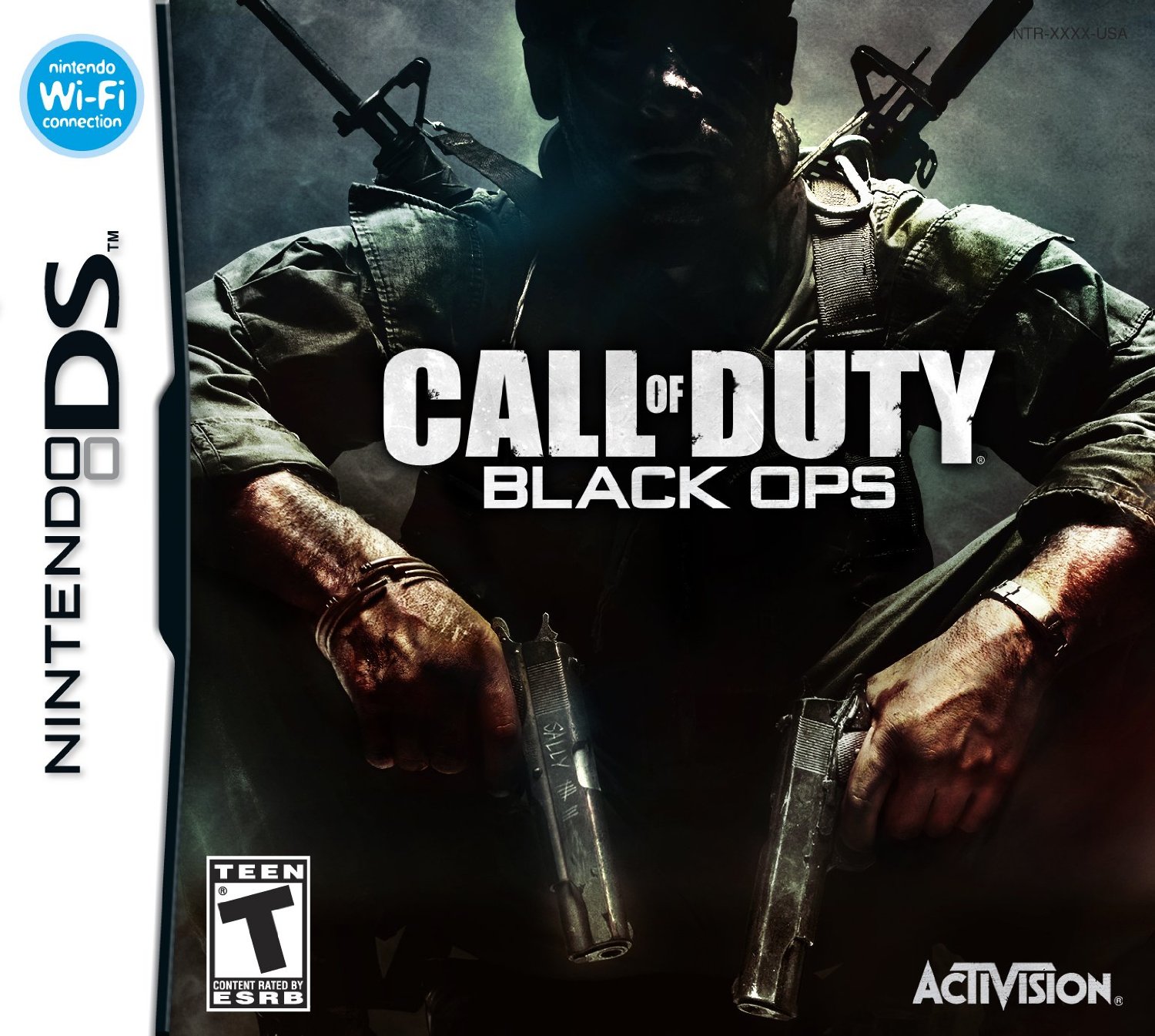

The vehicles and character animations are solid, the guns bear a good resemblance to their real life counterparts, and it is virtually impossible to get lost in a level. Sure, the color brown gets used more than it probably should have (any Quake veteran is sensitive to this) but otherwise it all looks great. Icons for sight aiming, grenades, weapon selection, and doing a 180 pivot are all right on the screen, but are small enough that at no point do things get crowded.Īnother aspect of the game that’s remarkable is how clear everything is. I found it to be just fine even during the frenetic combat.

You have the choice of whether or not to use the stylus for your aiming. Events like this don’t happen as often as I’d have liked, which is a shame because they keep you on your toes and force you to think strategically about careful placement. You can choose to help them out or defend your own corner of the map. There are missions where you have to face waves of incoming foes throughout the game, but every so often you can point where your teammates will stand. While most missions have you running through a confined area, sometimes the routine changes. These guys will fight with you side by side, and their effectiveness is such that solo missions feel tougher than they probably are. Gone are the days of hapless teammates getting stuck on a box in a far off corner leaving you to fend for yourself. Justifiably, the bulk of the strategic thinking went into your teammates who actually manage to pull their weight. Granted, there’s only so much intelligence that can fit onto a DS cart. The enemy AI has remarkable clairvoyance clarity of vision because if you hear gunfire, then it’s likely you’re about to be hit by it. Mainly because if you’re not aiming at the guys shooting you, well, you’ve played war games before. The trick to enjoying the game is aiming. The fun of playing through a solid shooter on the handheld is what matters and developer n-Space stepped up and did a remarkable job. The beauty of the DS version is that regardless of the fact that the story isn’t very well told or connected with other parts, you don’t care.

But because the presentation is so caustic and assaulting in nature, it renders the point of playing the game moot because it becomes less about enjoying yourself and more about surviving an endurance test. Once you strip away all of the thunder and vapid presentation of “Black Ops” on the 360, PS3, Wii, and PC, you have a decent yet unremarkable shooter. Heck, you’ll even throw more than your fair share of grenades, man gun turrets, and more. You’ll find dozens of weapons to customize your preferred load out. You’ll face down wave after wave of enemies across numerous battlefields during the Cold War era. What I enjoyed the most about this is that despite the lack of cohesion between the overall missions here and in the rest of the game, your goals are clearly defined and the challenges are varied. Each team has its own mission and your goals are clearly spelled out as you shift between them. “Black Ops” initially shifts perspective between two military teams on the beach in Cuba during the infamous Bay of Pigs. Isn’t it amazing what happens when you focus on making the core gameplay fun instead of concentrating on graphics, or sound, and special effects? All shock, no awe. The most noticeable effect of such streamlining is the emergency of a genuinely good and fun combat game. It eschews much of the over-the-top flamboyance of the larger consoles and focuses instead on mission-based action. Color me stunned, but I have to admit that “Call of Duty: Black Ops” for the Nintendo DS is a pretty solid shooter.


 0 kommentar(er)
0 kommentar(er)
